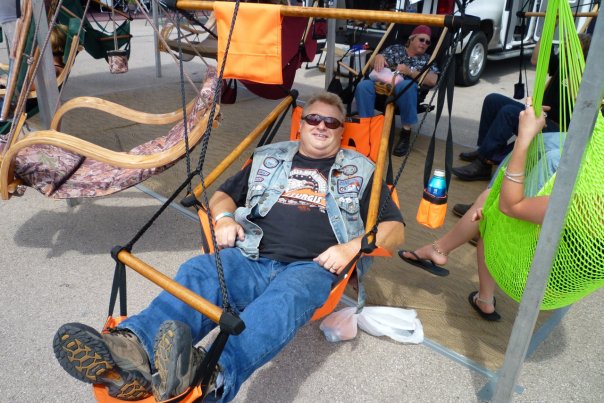
“Goddamn, Jordan. Tell me again why we love this job? This day after day shit on fires for, how many weeks now? Three?” I ask, as I lug the 50+ pounds of fire hose in my pack up the mountain-goat-steep hill on the fire’s extinguished edge.
“Three and a half.” Jordan says. “I hate it when there are major fires all over the state. Think we’re gonna catch this one?”
“Not today,” I say.
Jordan is my partner on the crew, also carrying hose up the hill. Both of us are en route to the end of the hose lay where the nozzle person, along with several other crew members are extinguishing the fire as they add lengths to the progressive hose lay. Length after one-hundred-foot length until they meet the other hose lay proceeding up the right flank of the fire. Our job is to transport hose up to where the nozzle crew is working, repeatedly from the fire engines parked at the bottom of the hill until we get the fire stopped.
The smoky edge of the fire line is causing us both to cough occasionally. On a brush fire like this, there is no breathing apparatus that can be worn for long enough to help our breathing air stay clear, so we all wear a cowboy’s bandana across our nose and mouth, wetting it occasionally. This helps, but nothing can really filter out smoke enough to let us breathe clean air.
I look up the fire line and can’t even see the nozzle person’s location, they are so far up ahead. Mules, that’s what we are. I wish today had been my day to be the nozzle person. It’s still a tough job, but you typically only need to make one trip up the hill while others pack the hose up to you. Of course, when the spread of the fire is stopped, you must spend a lot of additional time with the rest of the crew, mopping up. If you have a good crew supervisor, they will rotate people through the nozzle position, so it works out just as badly for everyone.
I wonder why I love this job so much. And when I’m not on a fire, I’m hoping to go to a fire. After my first couple of fire seasons I learned how to stay safe on the fire line and still have the “fun” and excitement of a hot, running brush fire. There really is no fire that is not dangerous or doesn’t require heavy exertion. We somehow learn to endure the continuous heat we are exposed to.
Wildland fire gear isn’t as protective as what we use for structure fires, but it sure is lighter. Extinguishing a vegetation fire takes quite a bit more time and a lot more endurance than a structure fire. None of the crew would be able to stay on the fire line long enough on a hot summer day, so we wear lightweight fire-resistant clothing. Since the beginning of organized fire crews, no one has come up with anything better than this. Each firefighter also carries a required fire blanket, tightly folded and stuffed into a pouch that we carry on our hip in case we are overrun by the fire. They are good for one use only. The idea is to never put your crew in` a position to have to use one. But of course, something can always happen on a fire that you and even the most experienced firefighters can’t predict. We all hate carrying them. Who needs an additional 5 pounds of gear when everything about the job is as demanding as it is.
